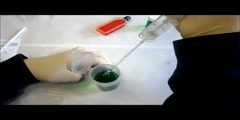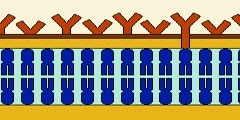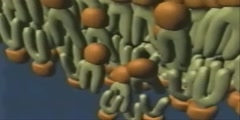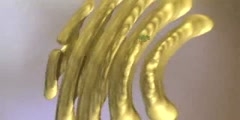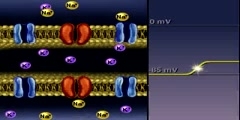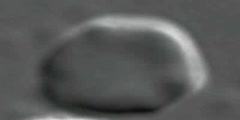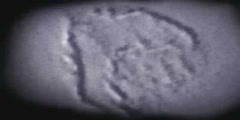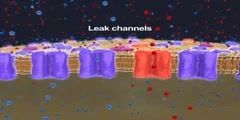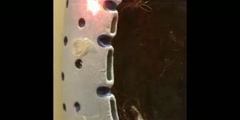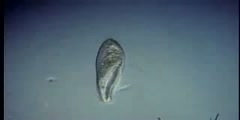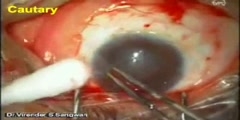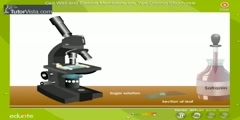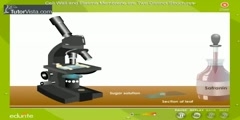Flourescence recovery after photobleaching
This video shows the protein movement on membrane by using the FRAP method. This is more information about Fluorescence recovery after photobleaching. FRAP was used to help define the fluid mosaic model of cell membranes. It can also be used to determine if a protein is able to move within a membrane (high percent recovery with a fast mobility), or whether it is tethered other structural components of the cell (low percent recovery with a slow mobility). All fluorescent dyes emit light of one wave length (e.g. green) after they have absorbed light of another wave length (e.g. blue). However, if a very high intensity blue light is delivered to the dye, the dye will photobleach meaning that the high intensity light has rendered the dye unable to fluoresce. This phenomenon has lead to an interesting method called Fluorescence Recovery After Photobleaching (FRAP). The idea behind this method is to use FRAP to measure the ability of a molecule to move around over time. To do this, a fluorophore must be covalently attached to your favorite molecule (i.e. protein, lipid, carbohydrate). Using a epifluorescence microscope, visualize the fluorescently tagged molecule using a low light intensity
Channels: Scientific Animations Molecular Biology Structural Biology
Tags: FRAP fluorescence GFP membrane proteins fluid membrane
Uploaded by: benchwork ( Send Message ) on 25-03-2007.
Duration: 1m 45s
